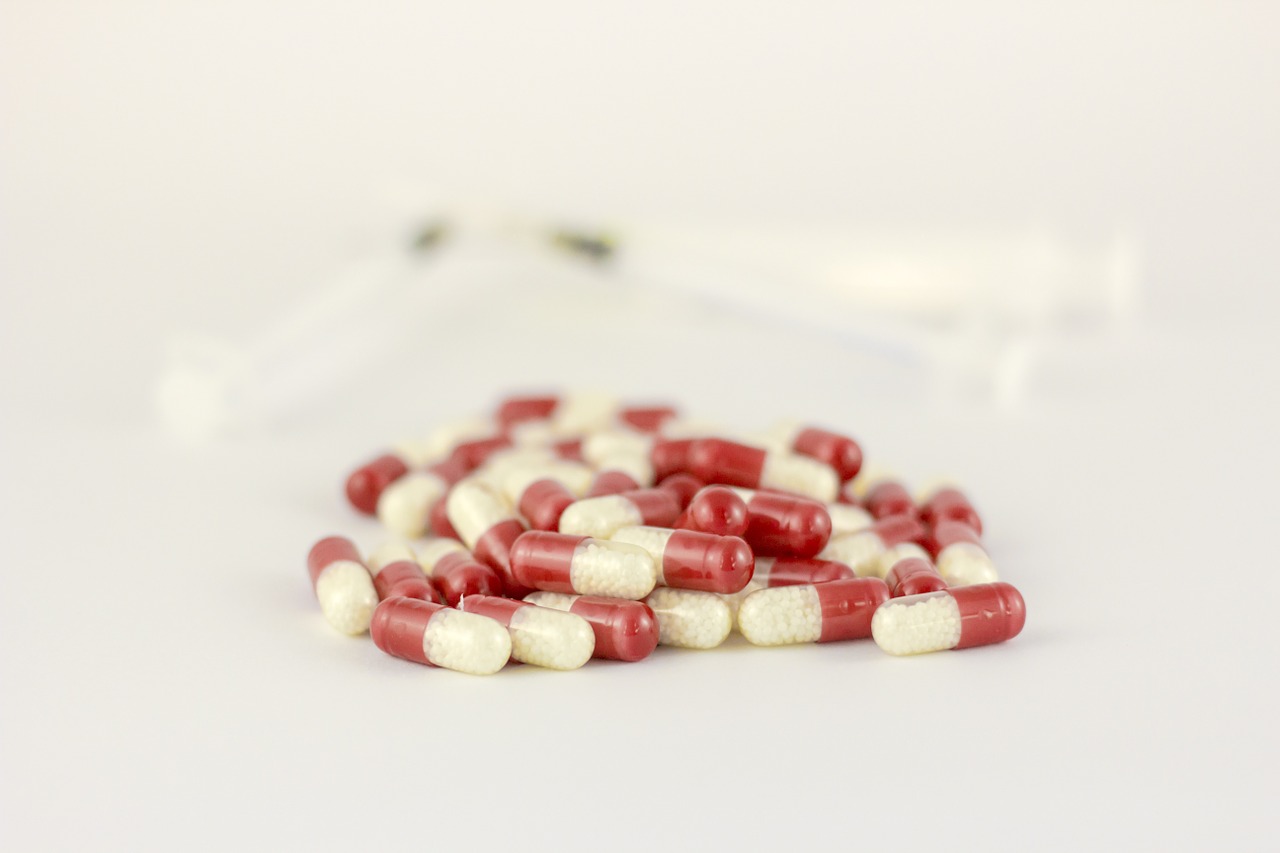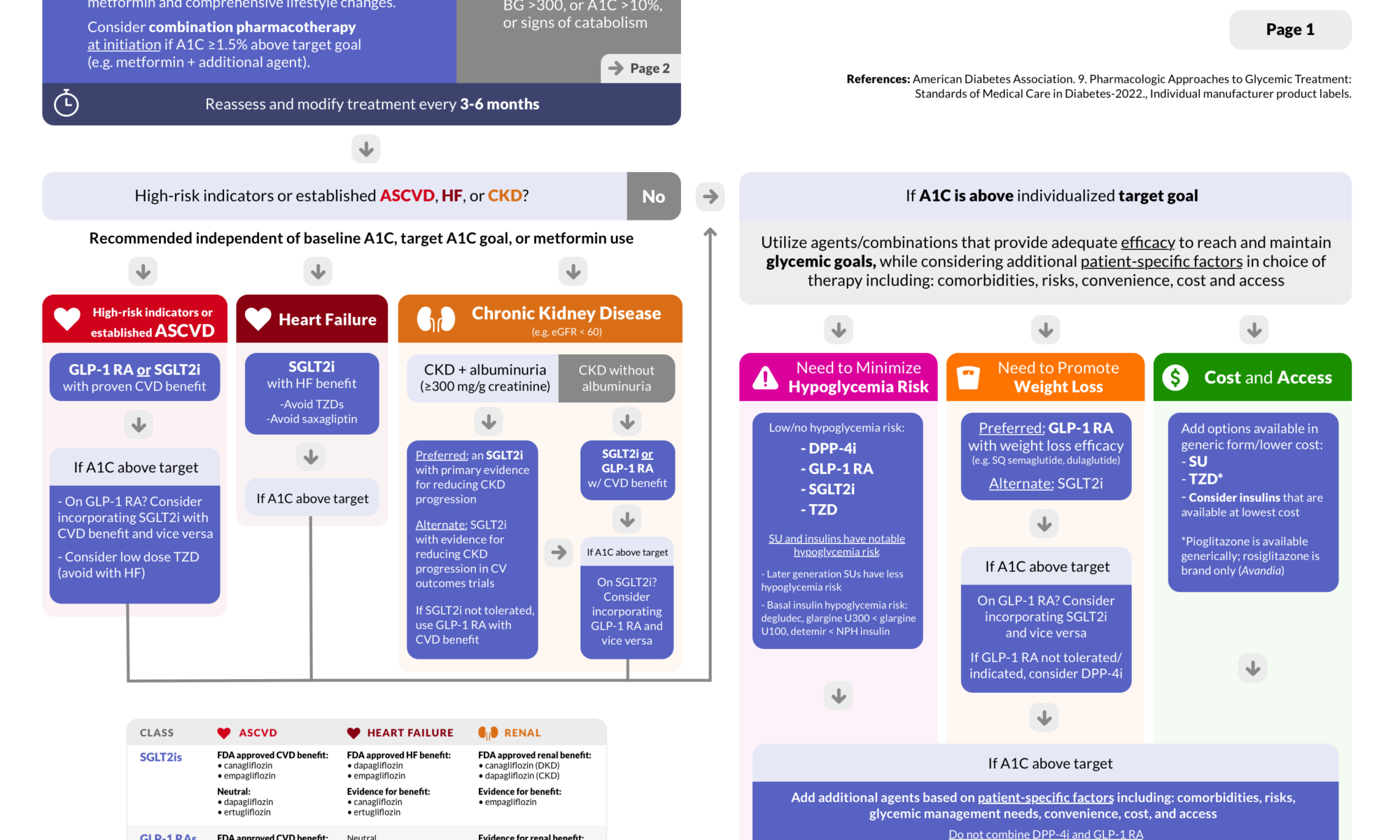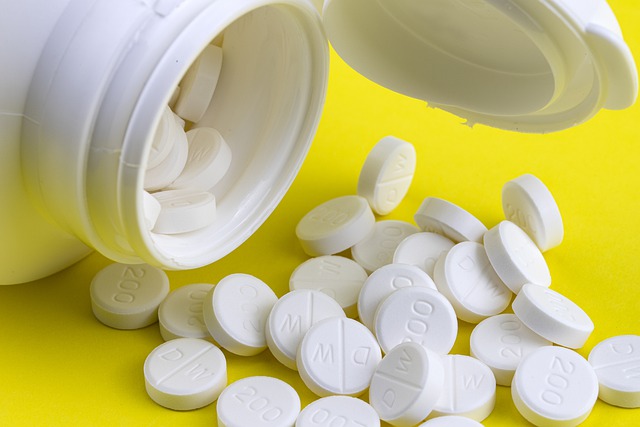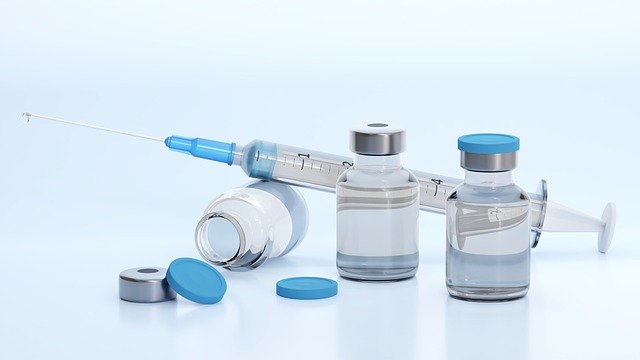Podcast: Play in new window | Download (Duration: 9:29 — 4.3MB) | Embed
On this episode, I breakdown trihexyphenidyl (Artane) pharmacology, adverse effects, and drug interactions.
Trihexyphenidyl is highly anticholinergic and can cause constipation, dry eyes, dry mouth, and urinary retention.
Dementia medications like donepezil can have their effects blunted by the use of trihexyphenidyl.
Trihexyphenidyl is an older anticholinergic that is rarely used for the management of EPS caused by antipsychotics.
Be sure to check out our free Top 200 study guide – a 31 page PDF that is yours for FREE!
Support The Podcast and Check Out These Amazing Resources!
Meded101 Guide to Nursing Pharmacology (Amazon Highly Rated)
Guide to Drug Food Interactions (Amazon Best Seller)










